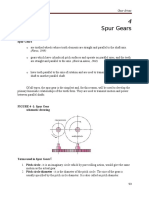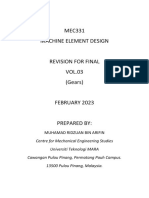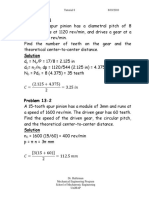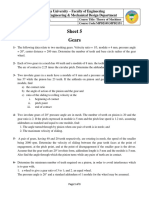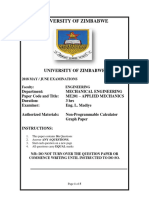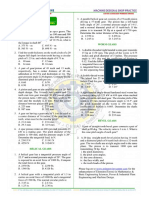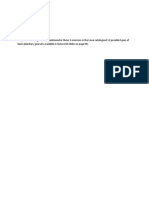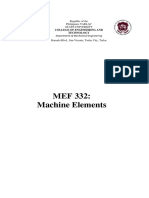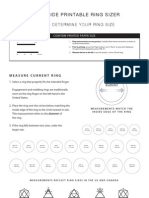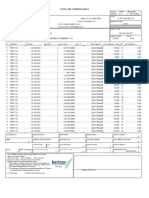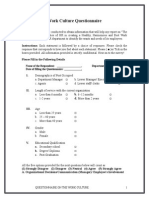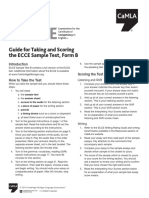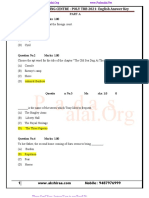0% found this document useful (0 votes)
10 views2 pagesTutorial 2
The document is a tutorial for a mechanical engineering course at Universiti Teknikal Malaysia Melaka, focusing on gear drive calculations. It includes problems related to calculating pitch circle diameters, addendum and dedendum circles for various spur gears, as well as determining speeds and center distances in gear trains. Answers are provided for each problem, along with relevant formulas for calculations.
Uploaded by
Nur Azhar Bin AnuarCopyright
© © All Rights Reserved
We take content rights seriously. If you suspect this is your content, claim it here.
Available Formats
Download as PDF, TXT or read online on Scribd
0% found this document useful (0 votes)
10 views2 pagesTutorial 2
The document is a tutorial for a mechanical engineering course at Universiti Teknikal Malaysia Melaka, focusing on gear drive calculations. It includes problems related to calculating pitch circle diameters, addendum and dedendum circles for various spur gears, as well as determining speeds and center distances in gear trains. Answers are provided for each problem, along with relevant formulas for calculations.
Uploaded by
Nur Azhar Bin AnuarCopyright
© © All Rights Reserved
We take content rights seriously. If you suspect this is your content, claim it here.
Available Formats
Download as PDF, TXT or read online on Scribd
/ 2


